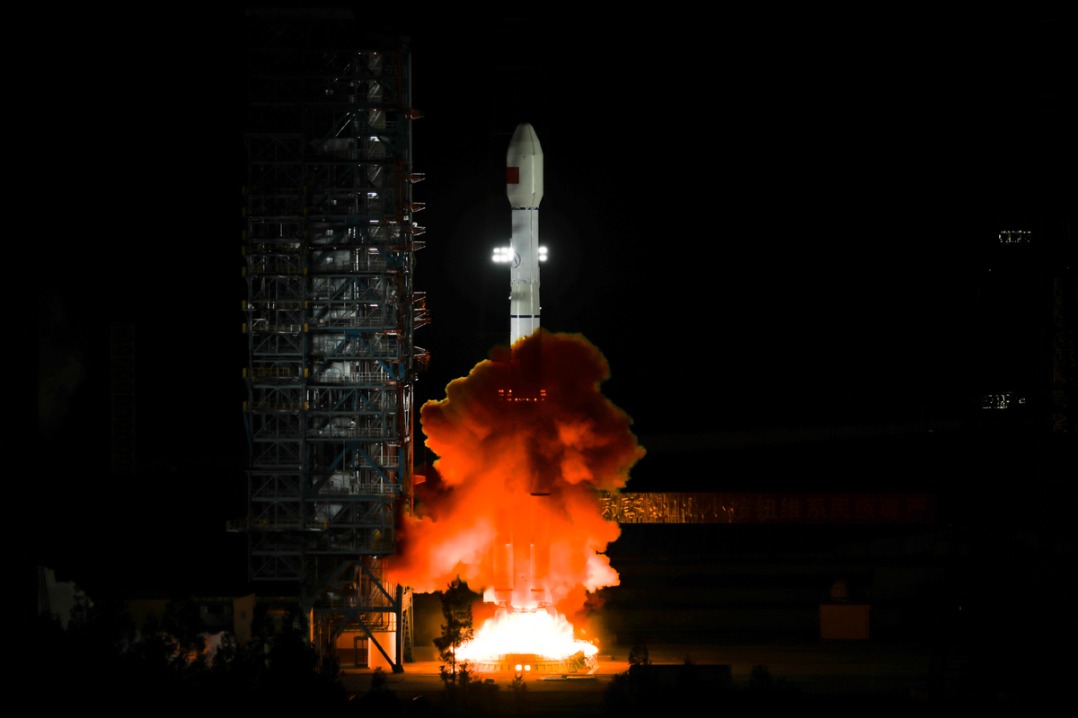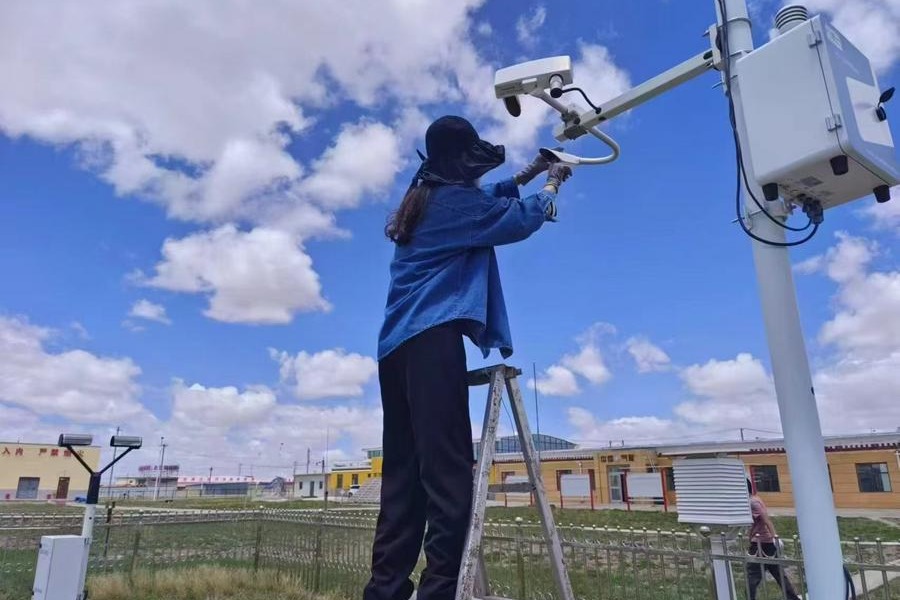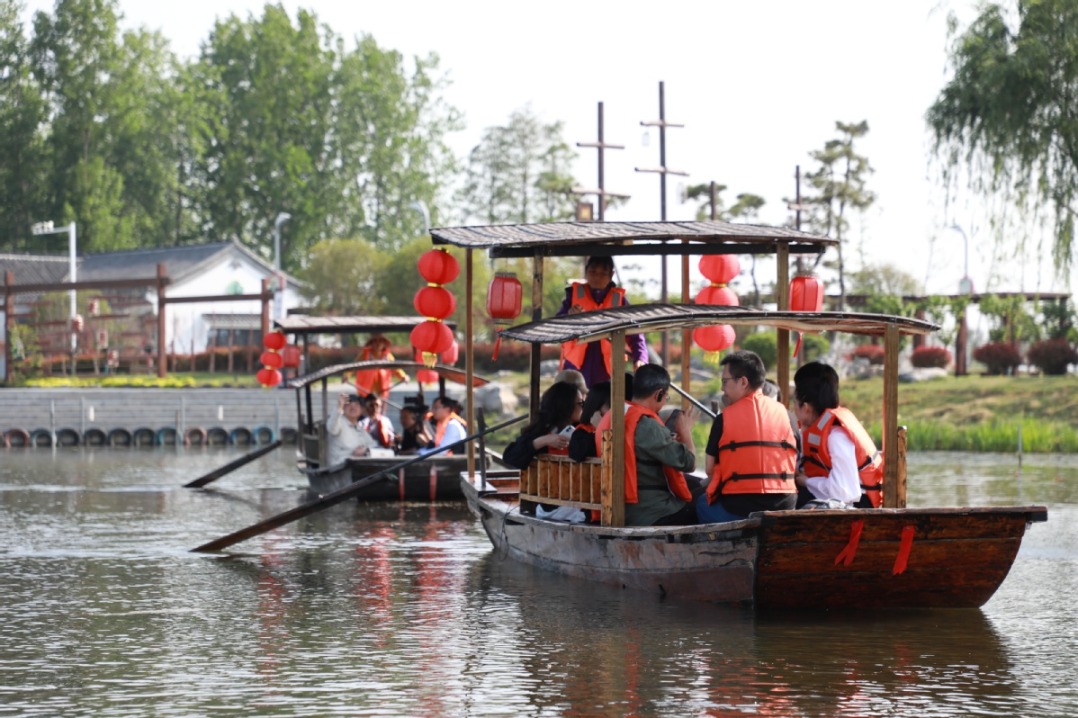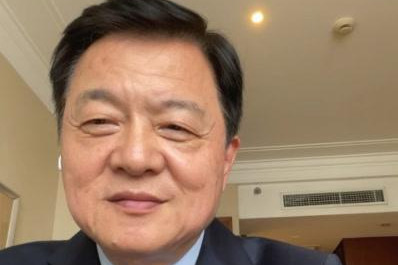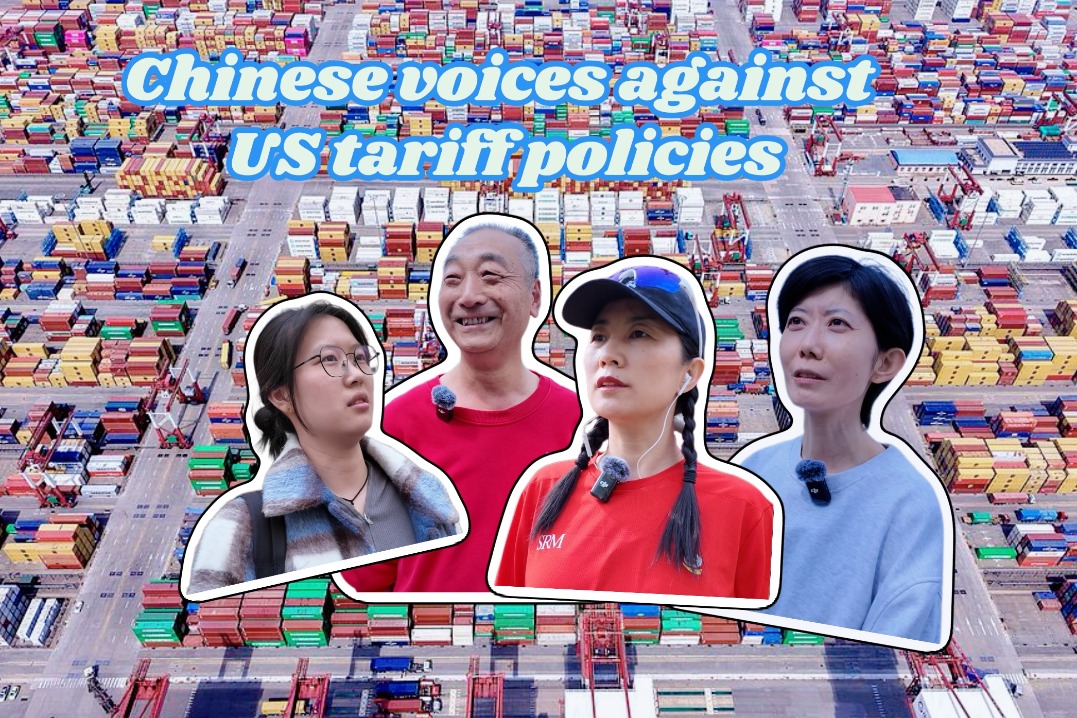Net-zero carbon emissions by 2050?


In mid-July, the city unveiled a 60 MW-peak solar PV farm on a reservoir — one of the world's largest floating solar panel farms. More than 13,000 panels on an area equivalent to 45 football fields can produce enough electricity to power the island's five water treatment plants.
Sembcorp Industries, a Singapore-based conglomerate, is also exploring innovative building materials and technology to better incorporate individual solar PV panels into low, zero, and even positive energy buildings.
In China, the mainland authorities hope to achieve 20 percent electricity supply from non-fossil fuel sources by 2020 and 50 percent by 2050.

HKUST solar scheme
The Hong Kong University of Science and Technology is installing 8,000 solar panels at over 50 locations on campus. It expects 3 million units (kWh) of electricity per annum, equivalent to the annual consumption of 900 3-member households.
"We now have over 30 locations with the solar panels installed and are hoping to wrap up all by fall," Davis Bookhart, head of the Sustainability Unit and adjunct assistant professor of the Division of Environment and Sustainability at HKUST, told China Daily.
Based on this experience, he said the ratio of renewable energy in Hong Kong's total electricity mix could be expanded. "Renewables are more challenging in Hong Kong because of the vertical orientation of buildings, but there are creative ways to incorporate renewables into existing and new locations," he said, citing locations for shade such as driveways, parking lots, walkways, swimming pools, and south-facing windows.
Bookhart attributed the hesitancy of commercial property owners to a lack of familiarity. "Some commercial installers offer to finance the entire installation in exchange for a share of the revenue," he said.
In 2018, the government released its Renewable Energy Feed-in Tariff Scheme for private consumers to install facilities and sell the power generated to power companies at a rate higher than the normal electricity tariff. So far, 13,000 applications for the FiT system have been received, of which 90 percent have been approved for completion this year.
In Hong Kong, the FiT rates range from HK$3 to HK$5 (39 to 64 cents) per kWh. The normal residential tariff is HK$1.2. The HKUST solar project is expected to yield HK$4 million annual profit after capital recovery.
"The FiT is quite generous and allows for a very attractive investment return," said Bookhart. He suggested the government provide longer certainty to the FiT scheme and a guaranteed time period, like 13 years, for each new project. Bookhart calls for additional incentives for difficult installations. He hopes for expanded eligibility for FiT to use biomass, algae, tidal or wave power, mini-hydro, and other new creative solutions.
- Train attendants practice etiquette skills ahead of May Day holiday
- UNGA Resolution 2758 Q&A Series: Question 6
- Improper construction management blamed for Shanghai metro track damage
- Chinese premier chairs meeting on river and lake protection, child welfare
- China expects 27% rise in cross-border travel during May Day holiday
- China launches new data relay satellite

















